Filter News
Area of Research
News Type
News Topics
Media Contacts
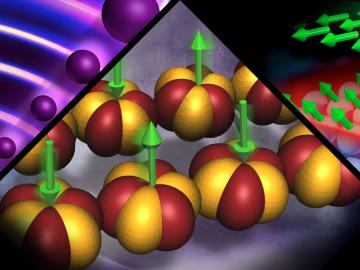
The theories recognized with this year’s Nobel Prize in Physics underpin research ongoing at the Department of Energy’s Oak Ridge National Laboratory, where scientists are using neutrons as a probe to seek new materials with extraordinary properties for applications such as next-generation electronics, superconductors, and quantum computing.
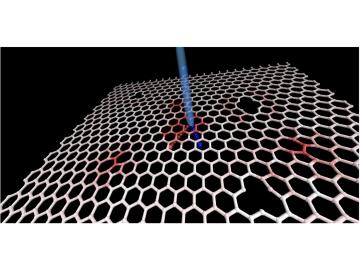
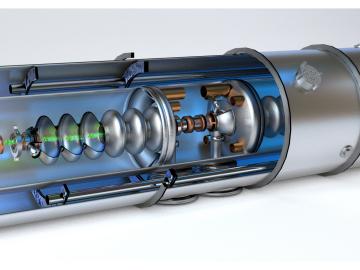

As a boy growing up in China, Xiaobing Liu knew all about Oak Ridge and the World War II Manhattan Project. He had no idea that he would one day work at DOE’s Oak Ridge National Laboratory, the Secret City’s successor. Liu is a lead researcher in geothermal heat pump (GHP) techn...
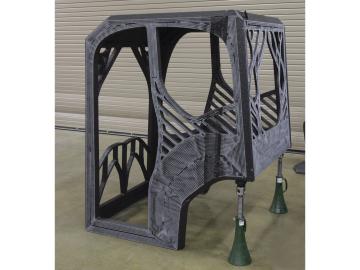
Heavy construction machinery is the focus of Oak Ridge National Laboratory’s latest advance in additive manufacturing research. With industry partners and university students, ORNL researchers are designing and producing the world’s first 3D printed excavator, a prototype that w...

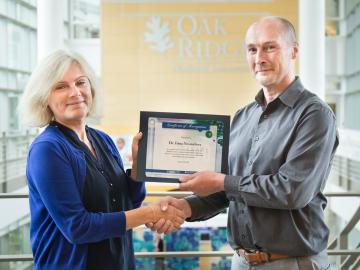
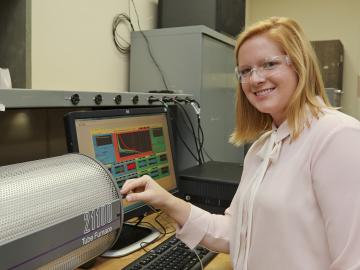

ORNL helps develop hybrid computational strategy for efficient sequencing of massive genome datasets
Computing experts at the Department of Energy’s Oak Ridge National Laboratory collaborated with a team of university researchers and software companies to develop a novel hybrid computational strategy to efficiently discover genetic variants
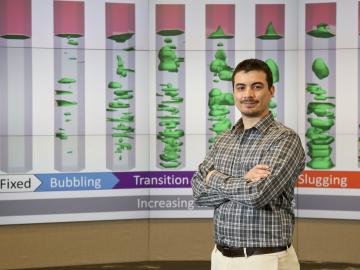
Just a few years ago, Emilio Ramirez spent his days operating and adjusting settings to optimize thermal performance at a Central California bioenergy power plant. Ramirez, a California native who is now a University of Tennessee doctoral candidate working with the Department of...

